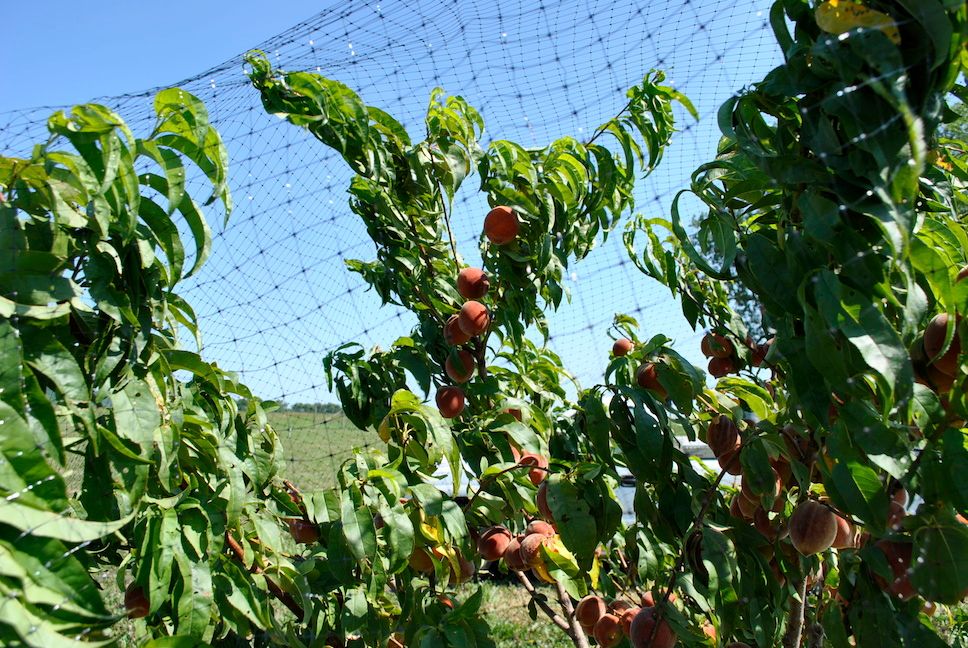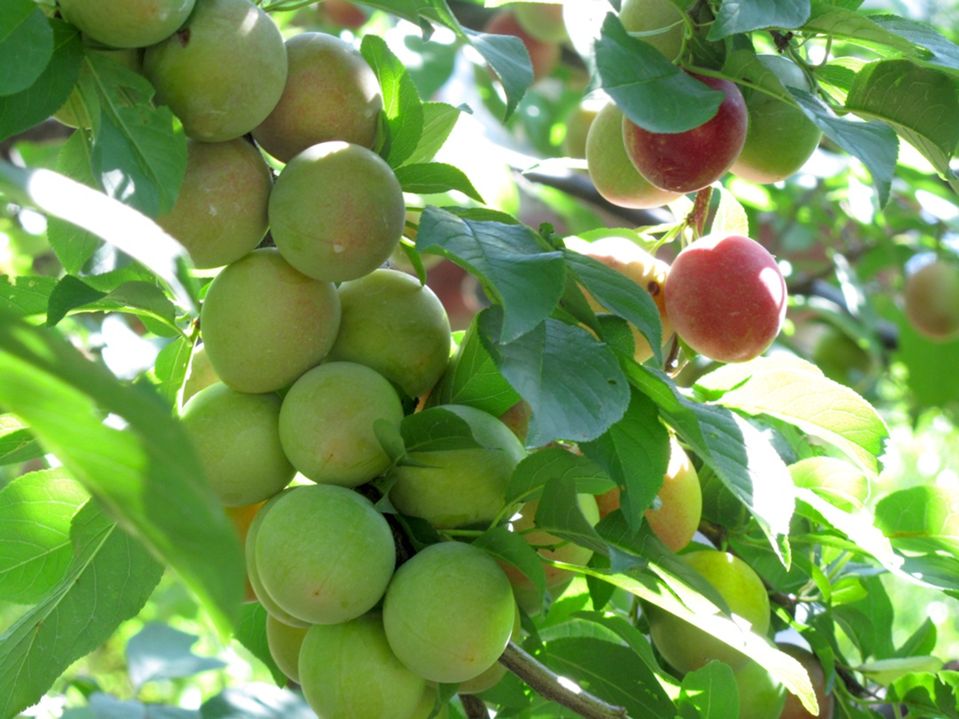Pest Control Using Garden Netting

Garden netting is an easy solution to animal pests (and big bugs) without using traps or chemicals. Learn how to use garden netting to protect your harvest.

Imagine that you have a garden or home orchard and the year's temperatures, sunlight, and rainfall are working in your favor. Your soil is balanced, rich, and well-drained. Your plants and trees are maintained and insect/mite pests and diseases are under control. Your healthy, edible landscape is full of ripening fruits, berries, and vegetables just waiting to be picked. Then, disaster strikes: birds, squirrels, rabbits, and other animal pests who have nothing better to do than watch your garden decimate your harvest.

An unfortunate reality, but there is some good news! This disappointing event can be minimized or prevented using garden netting.
When to Use Garden Netting
Protective garden netting should be applied...
- to plants and trees that are mature enough to be productive.
- while the fruit, berries, or vegetables are still small and unripe.
- after pollination has taken place.
- before animal damage has a chance to occur.
A great way to determine when to net most fruit trees is after you thin the fruit, which usually happens around May or June.
How to Use Garden Netting

Most garden netting goes on easily and allows you to lift or roll back the edges to harvest.

Using Garden Netting on Fruit Trees
- Wrap netting around or drape over the tree canopy
- Gather the netting at the trunk and secure with clips or twist ties
For tall trees, you may need to use a pole to help lift the net over the tops of the tree canopy.
Using Garden Netting on Garden Rows or Beds
- Drape over plants in garden rows or garden beds
- Secure with stakes or weigh down edges
For garden beds, especially ones containing tender upright plants, consider elevating the netting with things like stakes, wire, or lightweight PVC frames.
Using Garden Netting on Berry Plants and Vines
- Wrap around or drape over plants, vines, or supporting trellises
- Secure with stakes or weigh down edges
For vining plants, try elevating the garden netting up off of the vines with temporary stakes or wire. This will help keep the vines from becoming entangled.
Garden Netting: Benefits

Options include big bug garden netting that keeps larger bug pests, like Japanese beetles, out of your plants and trees. If you've ever had to deal with Japanese beetles "skeletonizing" the leaves of your trees and plants (especially plum trees, roses, and grapes), then you'll know what a relief it is to have a way to diminish their damage.
Bird netting helps keep larger animal pests, like birds and squirrels, out of your harvest.

The spaces in the mesh keep pests out while allowing sunlight, air, and rain in. If you need to spray for smaller pests and diseases, or to add nutrients like liquid calcium to the foliage, it is still possible without needing to remove the garden netting first. Our garden netting options are durable and reusable: just remove, clean, and store indoors away from sunlight during the off season, like during dormancy or after harvest.
Garden netting is a quick and easy solution to problematic animal pests (and big bugs) in your plants and trees without needing to use traps or chemicals. Try using garden netting to protect your harvest. We think you'll find that sometimes the best defense is a "fence"!



